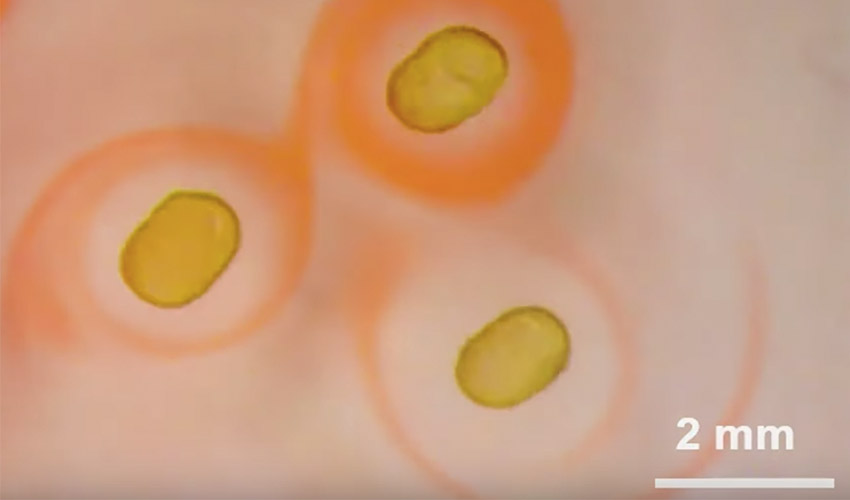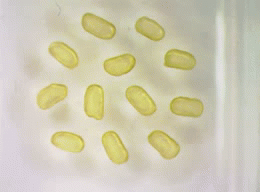Scientists 3D print magnetic liquid droplets

Scientists at Berkeley Lab in the US have made a new material that could lead to 3D printable magnetic liquid devices. Today, many essential technologies rely on magnets made from solid materials – for example, magnetic data storage devices or MRI body scan machines. But what if it were possible to make a magnetic device out of a liquid? This is the aim of this new research that uses 3D printing technologies.
This study was published on July, 19 in the journal Science. Tom Russel, a visiting faculty scientist at Berkeley Lab and professor of polymer science and engineering at the University of Massachusetts, led the study and explains, “We’ve made a new material that is both liquid and magnetic. No one has ever observed this before. This opens the door to a new area of science in magnetic soft matter.”
First, Tom Russel and Xubo Liu, the study’s lead authors came up with the idea of forming liquid structures from ferrofluids. Ferrofluids are solutions of iron-oxide particles that becomes highly magnetic in the presence of another magnet. Once this observation made, the scientists wondered if they could make the ferrofluids permanently magnetic, behaving like a solid magnet but looking like a liquid. Using a modified 3D printer, the researchers were able to 3D print droplets (1 millimeter in size) from a ferrofluid solution containing iron-oxide nanoparticles.

Credits: Xubo Liu et al./Berkeley Lab
Thanks to a phenomenon they call “interfacial jamming”, the nanoparticles were naturally brought at the surface of the droplets. To make them magnetic, the scientists just had to place them next to a magnetic coil in solution. As expected, the magnetic coil pulled the iron-oxide nanoparticles towards it. However, once the magnetic coil was removed, the droplets started gravitating towards one another in perfect unison. They had made permanent liquid magnets, something completely unexpected.
The key of this finding is that the iron-oxide nanoparticles at the surface of the droplet actually form a solid surface around each liquid droplet. There is only 8 nanometers between each of the billion nanoparticles. The researchers also found that the properties of the magnetic droplet didn’t vanish if they divided a droplet into smaller, thinner droplets.
Russel and Liu are planning to continue research at the Berkeley Lab to develop even more complex liquid magnets. “What began as a curious observation ended up opening a new area of science. It’s something all young researchers dream of, and I was lucky to have the chance to work with a great group of scientists supported by Berkeley Lab’s world-class user facilities to make it a reality” said Liu.
As a result of these findings, some exciting applications could come. This research could lead to a revolutionary class of printable liquid devices for a variety of applications from artificial cells that deliver targeted cancer therapies to flexible liquid robots that can change their shape to adapt to their surroundings.
You can find more information HERE.
What do you think of this research? Let us know in a comment below or on our Facebook and Twitter pages! Don’t forget to sign up for our free weekly Newsletter, with all the latest news in 3D printing delivered straight to your inbox!







